
Orchid Plant, Dendrobium Orchid (Star Pink Stripe) - Plant
(MRP Inclusive of all taxes)
- Shipping ₹79 for entire order
- Dispatch in 7 days
- Country of origin: India

(MRP Inclusive of all taxes)
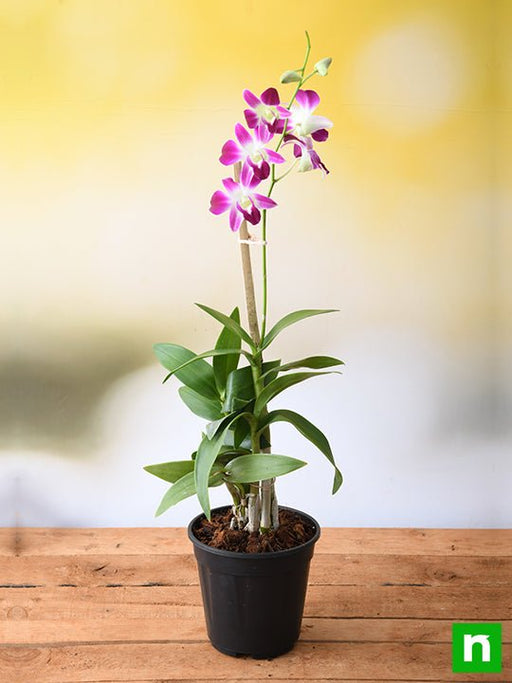
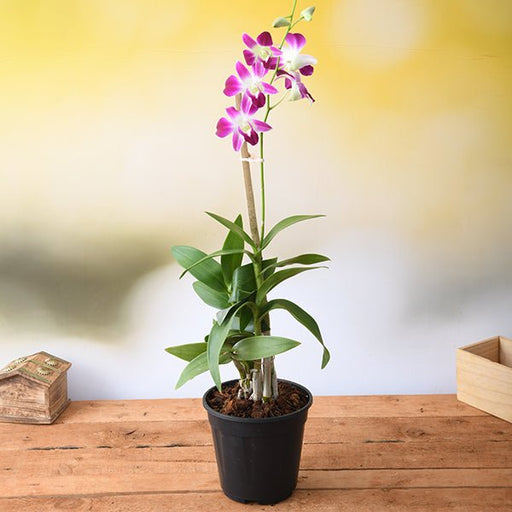 Sold out
Sold out
Dendrobium Orchid - Plant The Dendrobium Orchid is a stunning tropical plant known for its vibrant colors and unique flower shapes. With o...
View full details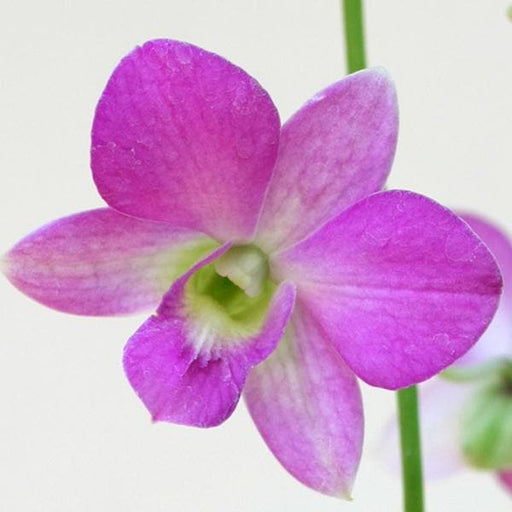 Sold out
Sold out
Dendrobium Orchid Plant - Any Variety, Any Color The Dendrobium Orchid is a stunning addition to any plant lover's collection, known for i...
View full details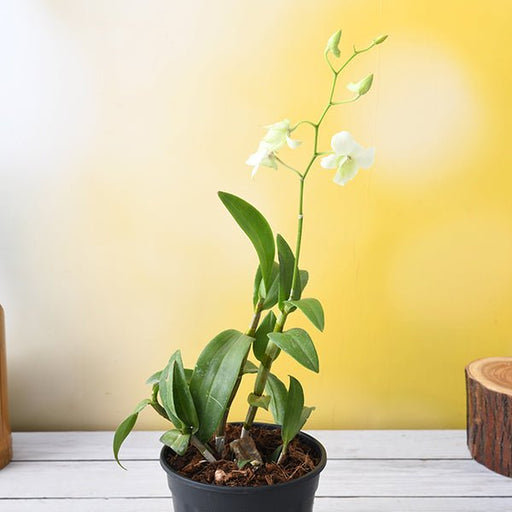
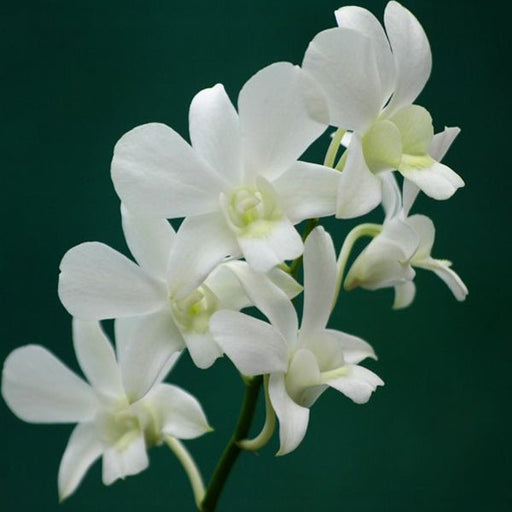 Sold out
Sold out
Dendrobium Orchid (White Variety) - Plant The Dendrobium Orchid, particularly the stunning white variety, is a captivating addition to any...
View full details
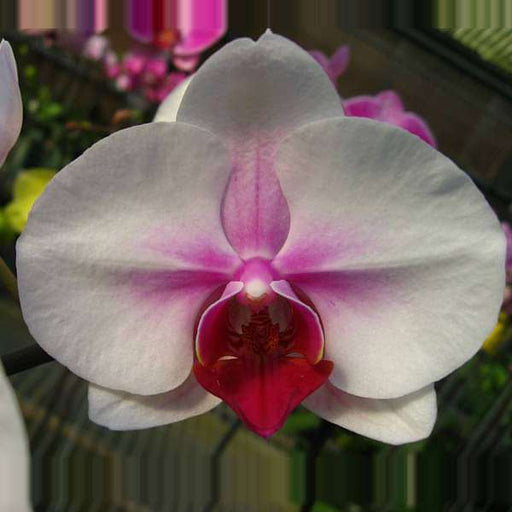 Save 11%
Save 11%
Phalaenopsis Orchid (White Variety) - Plant The Phalaenopsis Orchid, commonly known as the Moth Orchid, is a stunning addition to any indo...
View full details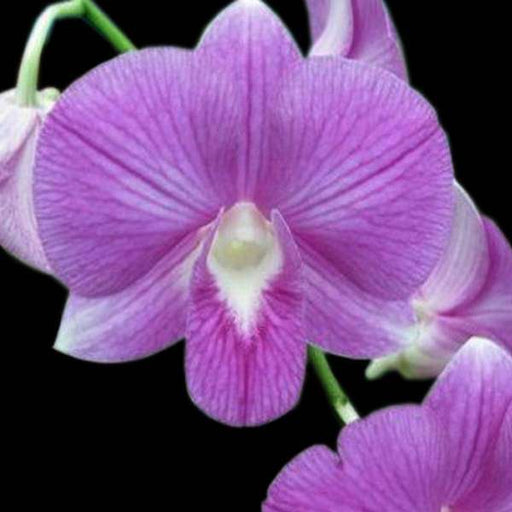
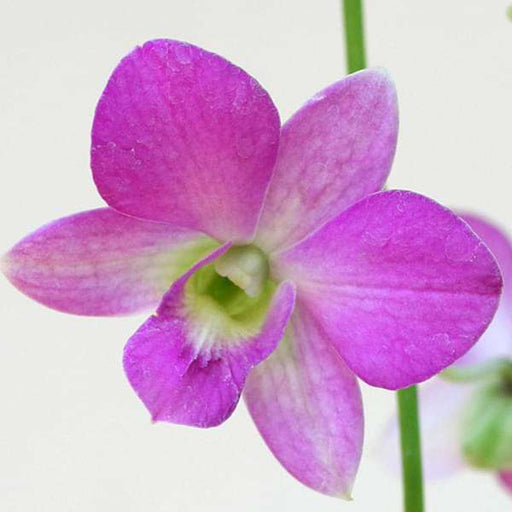 Sold out
Sold out
Dendrobium Orchid (Lavender Variety) The Dendrobium Orchid, particularly the stunning lavender variety, is a captivating addition to any p...
View full details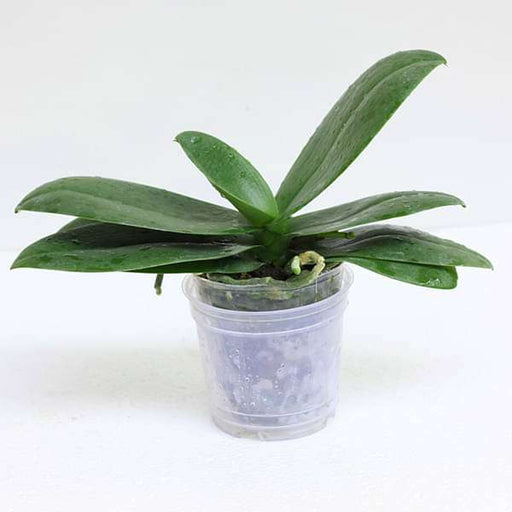 Save 16%
Save 16%
Phalaenopsis Orchid (Mature Blooming Size, Any Color) - Plant The Phalaenopsis Orchid, commonly known as the Moth Orchid, is a stunning ad...
View full details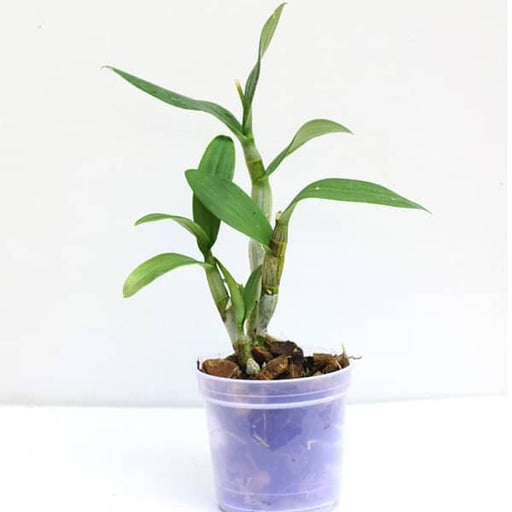 Save 13%
Save 13%
Dendrobium Orchid - Mature Blooming Size (Any Color) The Dendrobium Orchid is a stunning addition to any plant lover's collection, known f...
View full details Save 15%
Save 15%
Pack of Vermicompost and Neem Cake for House Plants Transform your indoor garden with our premium Pack of Vermicompost and Neem Cake, spec...
View full details
Pack of Plant Growth and Flower Boosters Unlock the full potential of your garden with our Pack of Plant Growth and Flower Boosters! This ...
View full details Save 38%
Save 38%
Combo of Jeevamrut and Neem Raksha for Easy Growth and Protection of Houseplants Transform your indoor garden with our exclusive combo of ...
View full details Save 22%
Save 22%
Plant Nutrients Kit (Pack of 16) for a Healthy Garden Transform your garden into a lush paradise with our Plant Nutrients Kit, featuring 1...
View full details Save 16%
Save 16%
Combo of Top Plant Fertilizers Elevate your gardening game with our exclusive Combo of Top Plant Fertilizers, featuring two bags of premiu...
View full details Save 24%
Save 24%
Pack of 4 Additives to Make Soil Healthy and Nutrient Rich Transform your garden into a thriving ecosystem with our Pack of 4 Additives de...
View full details Save 30%
Save 30%
Transform your gardening experience with our premium Combo of Perlite and Vermiculite. This unique blend is designed to enhance soil aeration and ...
View full details Save 27%
Save 27%
Combo of 2 Vermicompost and Cocopeat - Enrich Your Soil Naturally! Transform your garden into a thriving ecosystem with our Combo of 2 Ver...
View full details
 Save 35%
Save 35%
Best 6 Plants for Perfect Indoor Garden Transform your living space into a lush oasis with our curated collection of the Best 6 Plants for a...
View full details
 Save up to 50%
Save up to 50%
Mini Succulent Garden Pack Transform your space with our Mini Succulent Garden Pack, featuring a delightful collection of 4 any variety beautiful s...
View full details
 Save 30%
Save 30%
5 Best Fragrant Plants Transform your garden or indoor space into a fragrant paradise with our curated selection of the 5 Best Fragrant Plants. Th...
View full details
 Save 24%
Save 24%
Set of 2 Bonsai Looking Grafted Adeniums Transform your indoor or outdoor space with our exquisite Set of 2 Bonsai Looking Grafted Adenium...
View full details Save 45%
Save 45%
Top 4 Die Hard Succulents Pack Transform your indoor or outdoor space with our Top 4 Die Hard Succulents Pack, featuring a curated selecti...
View full details
 Save 30%
Save 30%
5 Best Indoor Plants Pack Transform your living space into a lush oasis with our '5 Best Indoor Plants Pack.' This carefully curated collection fe...
View full details
 Save 25%
Save 25%
Set of 4 Evergreen Air Purifier Plant Pack Transform your indoor space into a lush, green oasis with our Set of 4 Evergreen Air Purifier Pla...
View full details| SrNo | Item Name | Qty |
|---|---|---|
| 2 | Dendrobium Orchid (Star Pink Stripe) Plant | 1 |
The Dendrobium Orchid (Star Pink Stripe) is a stunning addition to any plant lover's collection. Known for its vibrant pink and white striped flowers, this orchid brings a touch of elegance and exotic beauty to your home or garden. With its unique star-shaped blooms, it not only captivates the eye but also fills the air with a subtle, sweet fragrance, making it a perfect centerpiece for any occasion.
What makes the Dendrobium Orchid special is its resilience and adaptability. Unlike many orchids, this variety thrives in a range of conditions, making it suitable for both novice and experienced gardeners. Its long-lasting blooms can last for several weeks, providing continuous beauty and joy. Additionally, this orchid is known for its air-purifying qualities, contributing positively to your indoor environment.
Special features of the Dendrobium Orchid include its ability to bloom multiple times a year and its unique growth habit. This orchid can produce clusters of flowers on a single stem, creating a breathtaking display. With proper care, it can thrive for many years, making it a worthwhile investment for any plant enthusiast.
Orchids play a crucial role in their ecosystems, providing habitats for various pollinators, including bees and butterflies. By cultivating Dendrobium Orchids, you contribute to biodiversity and support the delicate balance of nature.
Caring for your Dendrobium Orchid is like nurturing a diva; it requires just the right amount of attention and a sprinkle of love. These beauties thrive in bright, indirect sunlight and prefer a cozy temperature between 65°F and 85°F. Water them when the top inch of soil feels dry, but don’t drown them—think of it as giving them a refreshing spa day, not a swim. Fertilize every couple of weeks during the growing season, and watch them bloom like they’re auditioning for a floral fashion show.
Choosing the right potting mix for your Dendrobium Orchid is crucial; it’s like picking the perfect outfit for a first date. A well-draining mix, often made of bark, perlite, and charcoal, allows those delicate roots to breathe while keeping them cozy. Avoid regular potting soil, as it can suffocate your orchid’s roots faster than a bad pickup line.
When it comes to feeding your Dendrobium Orchid, think of it as a gourmet meal plan. Use a balanced orchid fertilizer, ideally one that’s high in potassium, to encourage those stunning blooms. Fertilize every two weeks during the growing season, and once a month in the off-season. Just remember, too much of a good thing can lead to a floral hangover, so stick to the recommended dosage.
The blooms of the Dendrobium Orchid are like nature’s confetti, bursting with color and joy. These flowers can last for weeks, making them the life of the party in any room. With shades ranging from soft pinks to vibrant purples, they’re sure to steal the spotlight. Just be sure to give them the right care, or they might throw a tantrum and drop their petals faster than a celebrity at a scandal.
Light is the lifeblood of your Dendrobium Orchid, but too much can lead to sunburn—yes, plants can have bad days too! Ideally, they prefer bright, indirect light, so think of a cozy café with filtered sunlight rather than a beach party. If you notice yellowing leaves, it’s a sign your orchid is throwing shade—literally.
Dendrobium Orchids are tropical at heart, craving humidity like a diva craves attention. Aim for a humidity level of around 50-70%. If your home is drier than a desert, consider using a humidity tray or a humidifier. Your orchid will thank you with vibrant blooms instead of droopy leaves, and you’ll feel like a plant whisperer.
Repotting your Dendrobium Orchid is like giving it a fresh start—new digs, new vibes! Ideally, you should repot every couple of years or when the potting mix breaks down. Choose a pot that’s just a tad larger than the current one, and make sure it has drainage holes. Your orchid will appreciate the upgrade, and you’ll feel like a proud plant parent.
The world of Dendrobium Orchids is as diverse as a box of chocolates. From the classic Star Pink Stripe to the striking Dendrobium nobile, there’s a variety for every taste. Each type has its own quirks and care requirements, so do a little research before you dive in. It’s like dating—find the one that matches your vibe!
Just like any diva, Dendrobium Orchids can attract unwanted attention from pests and diseases. Keep an eye out for aphids, mealybugs, and fungal infections. A little neem oil can go a long way in keeping these intruders at bay. Remember, prevention is key; a healthy orchid is less likely to throw a pest party.
Propagating your Dendrobium Orchid is like starting a family—exciting but requires some finesse. The best method is through division, where you separate the plant into smaller sections, each with roots and at least a couple of pseudobulbs. It’s a delicate process, but with a little patience, you’ll have new plants to share or keep for yourself.
Seasonal changes can throw your Dendrobium Orchid for a loop, so it’s essential to adjust your care routine. In spring and summer, they’re in their prime, needing more water and fertilizer. Come fall and winter, they’ll slow down, so ease off on the feeding and let them rest. Think of it as a seasonal spa retreat for your plant.
The Dendrobium Orchid (Star Pink Stripe) is a stunning tropical beauty known for its vibrant pink and white striped flowers. It’s like the fashionista of the plant world, always dressed to impress and ready to steal the show in your home or garden.
Caring for your Dendrobium Orchid is like nurturing a diva. Provide bright, indirect light, water it when the top inch of soil is dry, and feed it with orchid fertilizer during the growing season. Remember, it thrives on attention, so don’t neglect it!
Water your Dendrobium Orchid every 1-2 weeks, depending on humidity and temperature. Think of it as a thirsty friend who needs a drink but doesn’t want to drown. Always check the soil moisture first; nobody likes soggy roots!
Dendrobium Orchids love bright, indirect light, like a celebrity basking in the sun without the paparazzi. Too much direct sunlight can scorch their delicate leaves, so find a cozy spot where they can shine without burning out.
The Dendrobium Orchid typically blooms in late winter to early spring, putting on a floral show that rivals any Broadway production. With the right care, you’ll be treated to a spectacular display of color that’ll make your heart sing!
Repotting your Dendrobium Orchid is like giving it a fresh wardrobe. Choose a pot that’s slightly larger, use orchid mix, and gently remove old roots. Make sure to place it at the same depth as before, and voilà, it’s ready to strut its stuff!
Dendrobium Orchids prefer temperatures between 65°F to 85°F (18°C to 29°C). They’re not fans of extreme cold or heat, so keep them cozy. Think of them as the Goldilocks of plants—everything has to be just right!
Fertilize your Dendrobium Orchid every 2-4 weeks during the growing season with a balanced orchid fertilizer. It’s like giving your plant a gourmet meal—just don’t overdo it, or you might end up with a plant that’s too full to bloom!
Absolutely! Dendrobium Orchids are perfect for indoor gardening. Just ensure they get enough light and humidity, and they’ll thrive like a star in a cozy apartment. With the right care, your living room can become a tropical paradise!
Keep an eye out for pesky pests like aphids, mealybugs, and spider mites. They’re the uninvited guests at your plant party. If you spot them, act fast with insecticidal soap or neem oil to send them packing!
With proper care, Dendrobium Orchids can live for several years, making them the long-term relationship you’ve always wanted in a plant. They may even surprise you with blooms year after year, proving that love can indeed blossom!